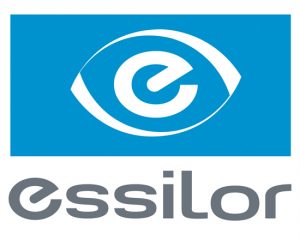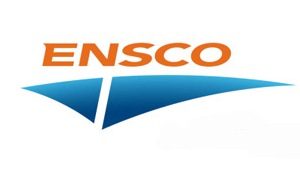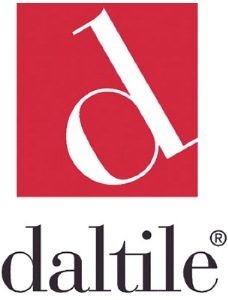 Founded more than 167 years ago, Essilor offers its exceptional services to clients in the medical industry. Essilor International S.A was founded in 1849, as a small network of eyeglass manufacturing workshop in Paris. The workshop the after developed through the acquisition of some developing factories within its vicinities, equally introducing frame glasses that are used to date. Essilor International S.A came to being because of a grand merger between two ophthalmic firms, Essel ad Silor.
Founded more than 167 years ago, Essilor offers its exceptional services to clients in the medical industry. Essilor International S.A was founded in 1849, as a small network of eyeglass manufacturing workshop in Paris. The workshop the after developed through the acquisition of some developing factories within its vicinities, equally introducing frame glasses that are used to date. Essilor International S.A came to being because of a grand merger between two ophthalmic firms, Essel ad Silor.
The nylon system introduced a thin nylon thread that holds the lens, fixed to the frame. Essilor International S.A experienced a great breakthrough with the invention of Varilux in 1959, the first ophthalmic progressive lens. The company started as a retailer of these frames and lenses, before ac repair to become a manufacturer of the same.
The merger between Essel and Silor came to be after numerous years of conflicts between the two entities, making it the third largest optical firm in the world. Presently, the company has a total count of 61,000 active employees. Towards the end of 2015, the company was able to register a net revenue of 6.72 billion pounds, and a net profit of close to 757 million pounds. The first two years of this company were marked by two major events. The purchase of Benoist-Bethiot, a lens manufacturer based in France, which specializes in the manufacture of progressive lenses. The other major event is the creation of Valoptec, a company composed of stockholder managers that held close to half the company’s capital stocks.
Later in the mid-1970s, Essilor International S.A focused on becoming a genuine optical group that specialized in the manufacture of progressive plastic lenses. The company was the listed for stock exchange in 1975. Many of these events conducted by Essilor International S.A’s predecessors brought about the launch of Varilux Orma. Essilor’s management opted to adjust their operational strategies to favor its growth to international markets. The company achieved this by signing some acquisition contracts with various firms located in Ireland, the United States and the Philippines. This turned Essilor International S.A from a mere exporting company to international business.
The year 1980 started with stiff competition, and Essilor International S.A had to take drastic measures that would enable them to cut costs, while at the same time improving the quality of services delivered. The company purchased four new plants within a period of four years. These were in Puerto Rico, Mexico, Thailand, and Brazil. Meanwhile, the plants in France were facilitated with new advanced technology, which automated the entire manufacturing process. Essilor International S.A also saw it fit to withdraw its frame operations gradually, and focus more on the corrective lenses.
In the 1980s, Essilor International S.A collaborated with the American company, PPG, to offer photochromic transitions. With reference from the company’s 2015 registration document, more than 87% of revenue for the company came resulted from the sale of ophthalmic lenses. An extra 10% came in through reader and sunglasses, while the final 3% came from additional activities like the sale of various equipment.
 Ensco is a Public Limited Company that offers well drilling and offshore drilling services. An American fund manager and investor founded the company in 1975. Ensco plc founder, Richard Rainwater made a great fortune from this
Ensco is a Public Limited Company that offers well drilling and offshore drilling services. An American fund manager and investor founded the company in 1975. Ensco plc founder, Richard Rainwater made a great fortune from this  The company’s products hit the market in the mid-1990s, receiving affiliate company-operated sales via a network of more than two hundred Centers to architects, contractors, builders, design professionals, developers as well as individual clients. This is also extended to different floor dealers and reputable home center retailers like Home Depot.
The company’s products hit the market in the mid-1990s, receiving affiliate company-operated sales via a network of more than two hundred Centers to architects, contractors, builders, design professionals, developers as well as individual clients. This is also extended to different floor dealers and reputable home center retailers like Home Depot.